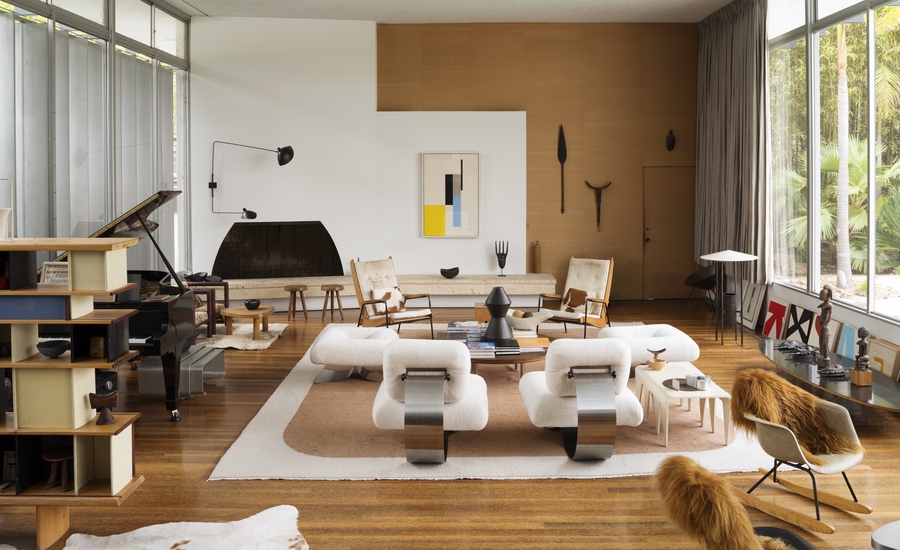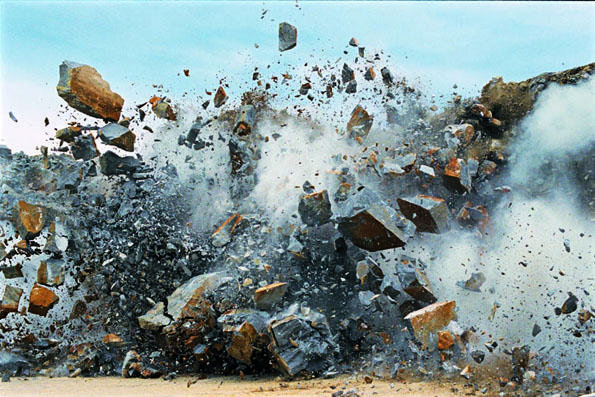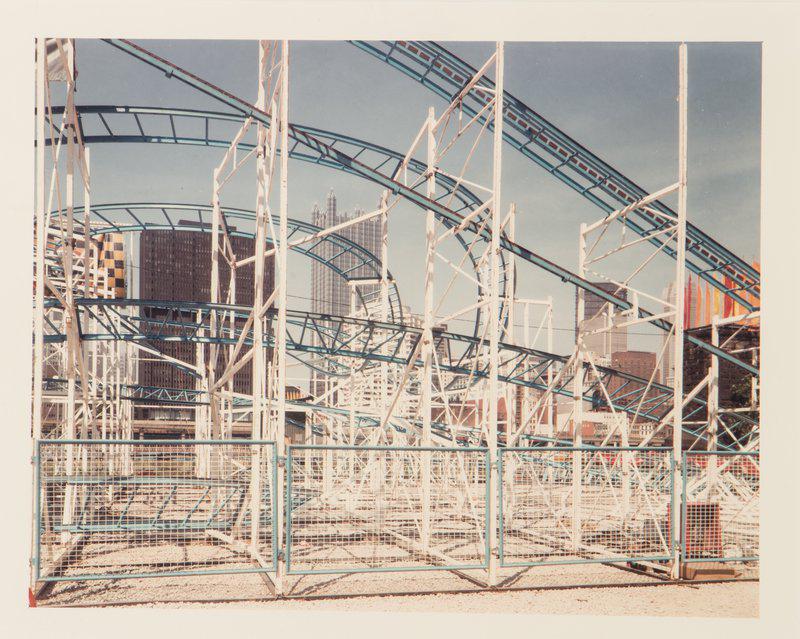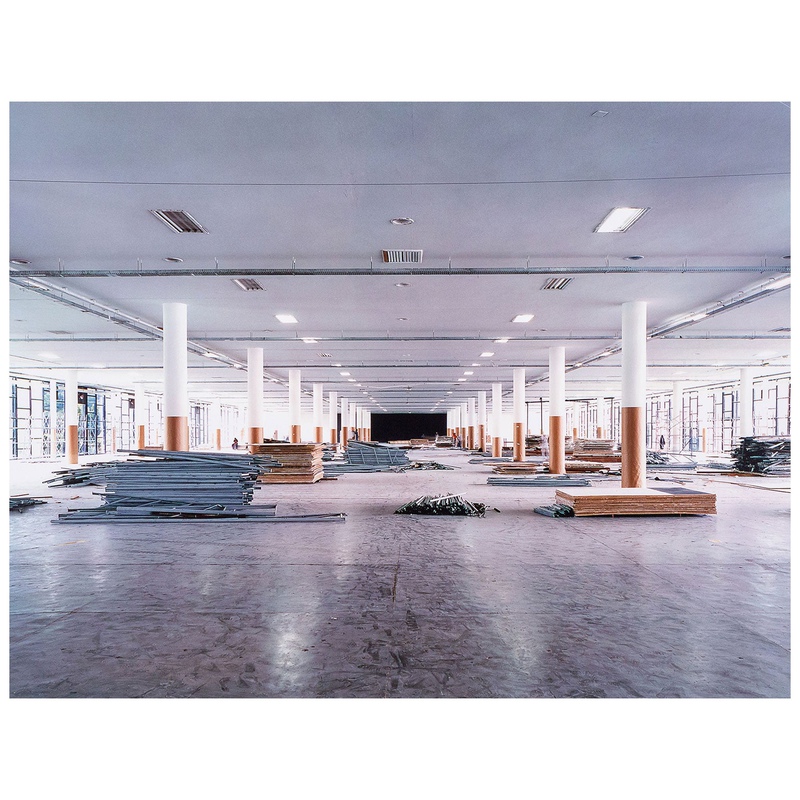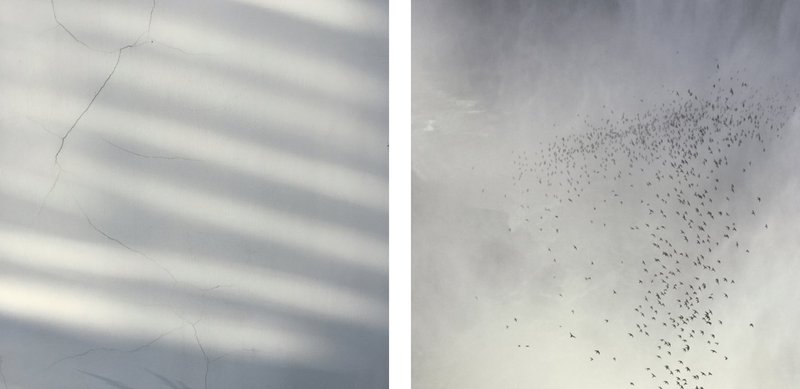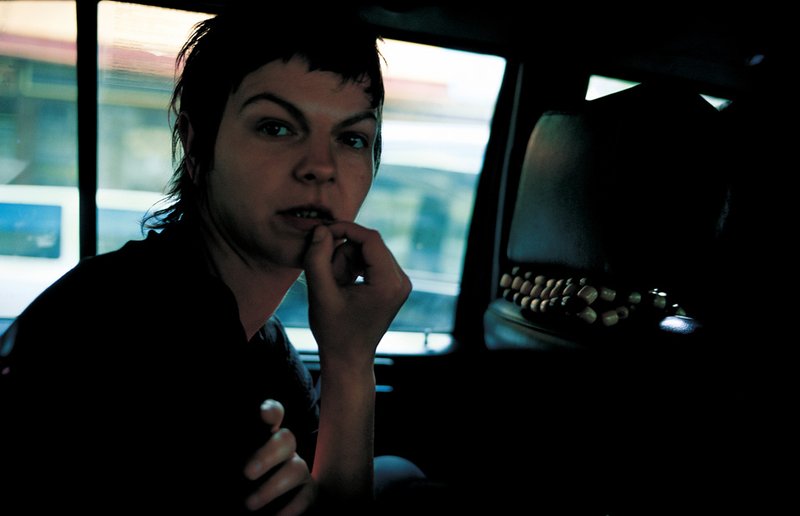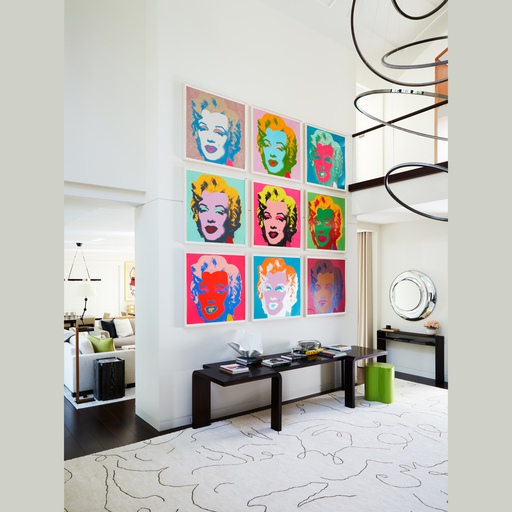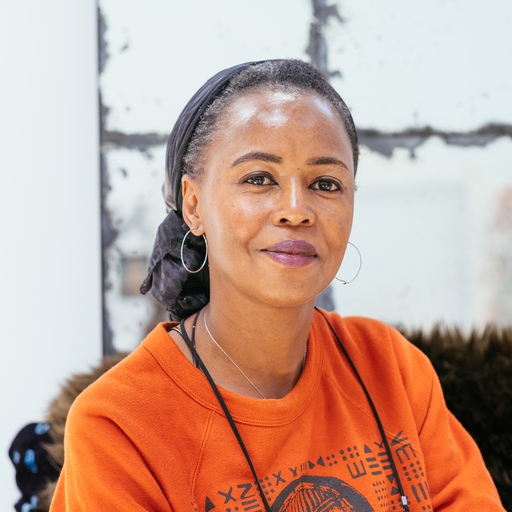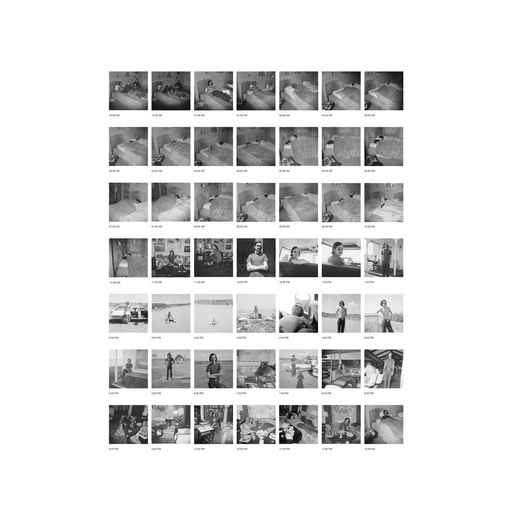Every creative person, however talented, needs a lucky break every now and then. For British photographer Roger Davies it came in the form of a chance meeting on a New York street, shortly after he'd landed in the US, after graduating from college in the north of England.
"I'd been looking for jobs all day and was on my way to the East Village. I asked someone if they knew which way it was. She said she was going that way, and would take me."
"After walking with me a few blocks, I said, 'you don’t know of any jobs, do you?' I told her I’d just got out of college doing film and photography. She said 'are you any good?' And I said, 'it’s not really for me to judge.' She said, 'I’m the fashion editor of Interview magazine, why don’t you come with me?'"
"And that was my lucky break. I worked for them for a little bit, and then started assisting interiors and architecture photographers."
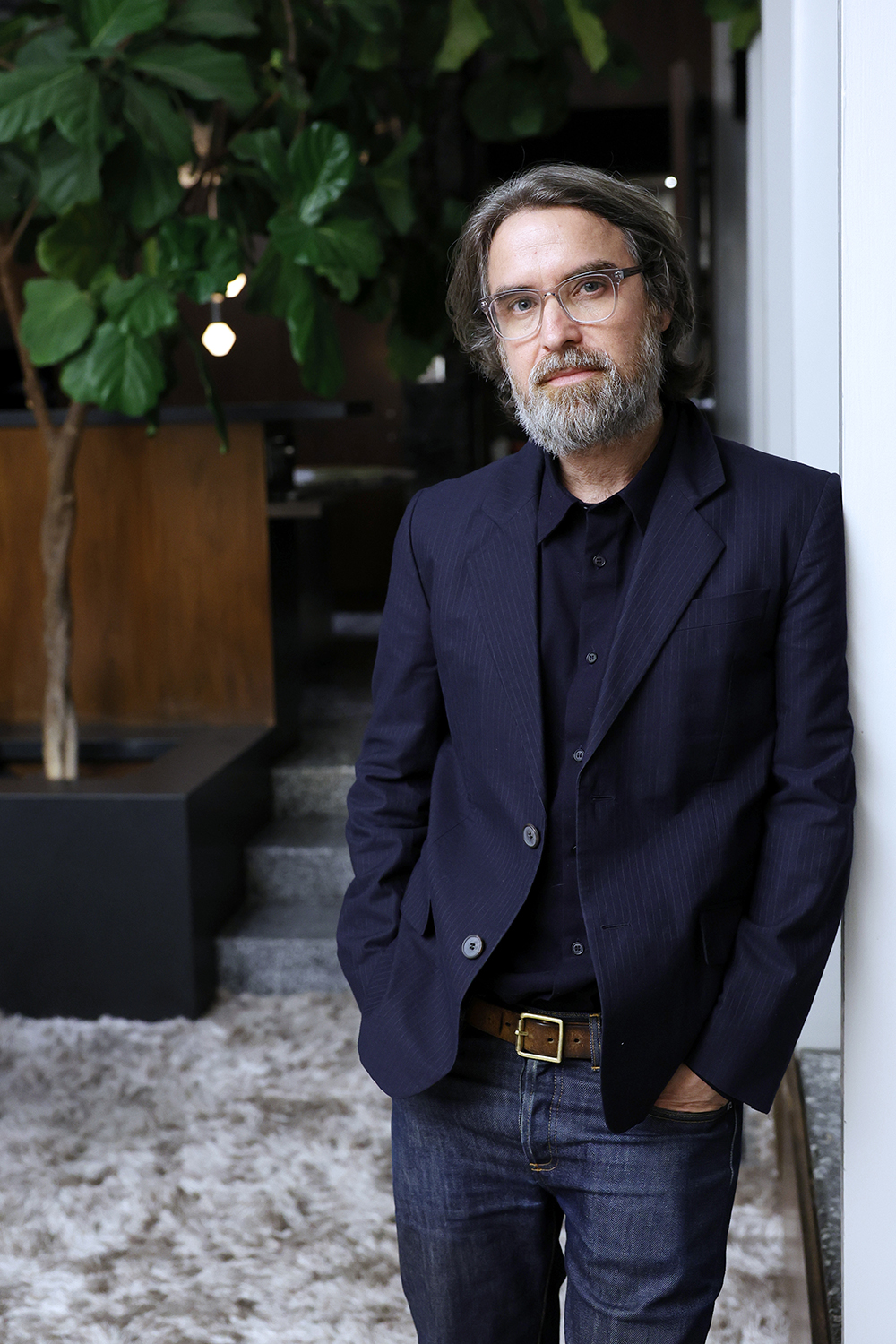
Roger Davies - photographer Beyond the Canyon: Inside Epic California Homes. Roger photographed by Stefanie Keenan
Since that day, nearly thirty years ago, Davies work has graced the pages of Architectural Digest, Elle Decor, Vogue Living, and Wallpaper* as well as countless design and architecture monographs.
In his new book, Beyond the Canyon: Inside Epic California Homes , he trains his lens on the singular residences of the Golden State, his adopted home; driving the coast to shoot interiors from Malibu to Marin County, Laurel Canyon to Rancho Mirage. The book takes readers into the homes of artists and architects; film stars and directors; musicians such as Elton John, and artworld patrons such as Eli and Edythe Broad. It's a fascinating glimpse through the keyhole, and there is a LOT of art on those walls. We sat him down to ask him a little about his day job and the kind of art on Artspace he'd choose to surround himself with, given the chance.
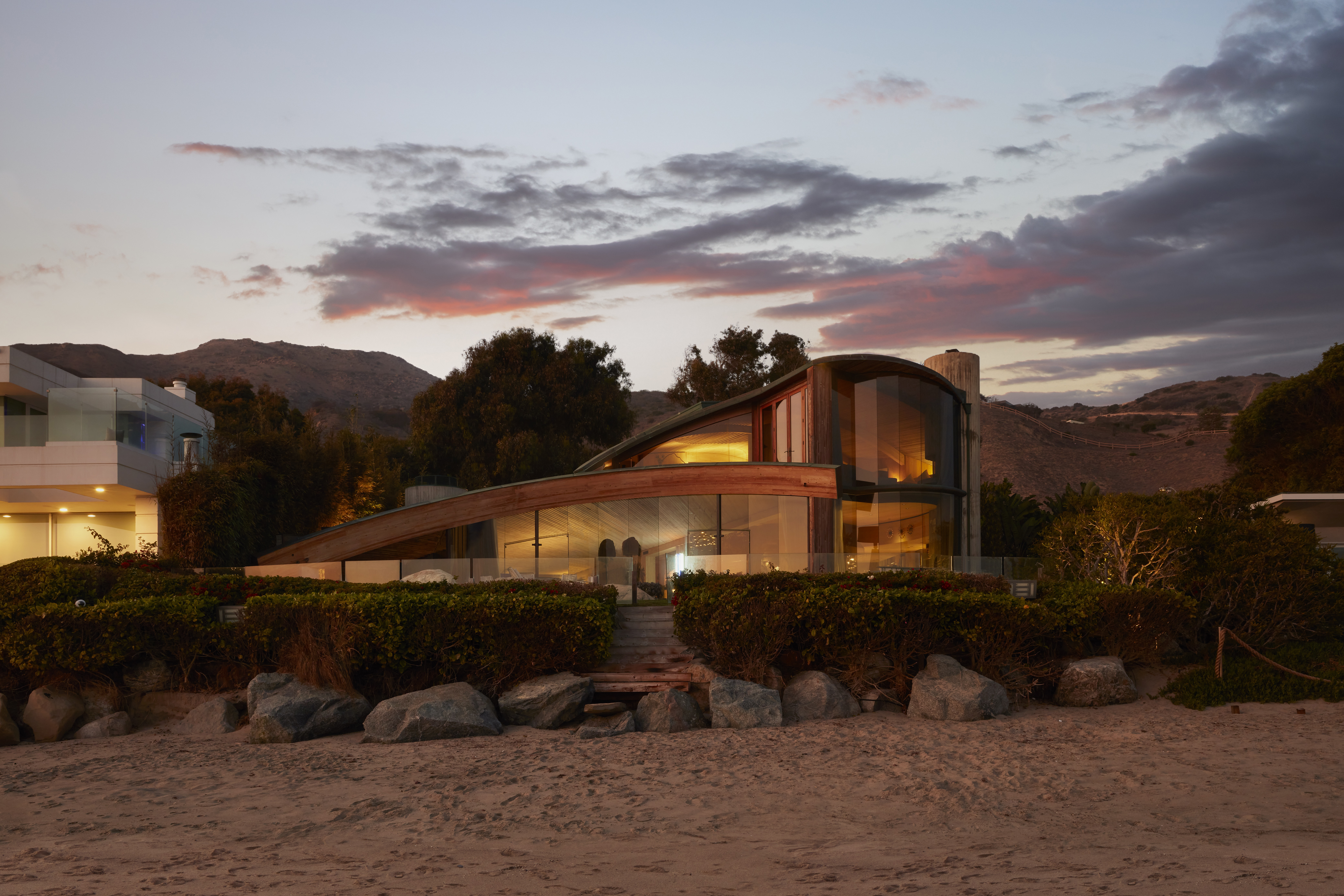 The Segel House by John Lautner, photographed by Roger Davies
The Segel House by John Lautner, photographed by Roger Davies
"The mechanics of what are do are largely made up of muscle memory," he tells Artspace. "You go into a space and you probably have got two days to shoot it. So you’re checking the angle of the sun, and how it moves around the house; you’re looking at the weather to see if that’s going to change. Sometimes the art isn’t coming in until a certain day for a certain room so you might start with another room in the house."
"In terms of the inspiration, it’s about how all the different elements come together. You can walk into a space that has the most incredible architecture but maybe the interior design is not so good, or maybe the art’s really bad."
"I chose the projects for the book partly because there’s something about their dynamic, or the homeowner’s real love for one kind of art, or one kind of style of design or architecture."
"But there are houses I shoot where it feels like people are just collecting based on what is in fashion, and you see some of the same artwork over and over. For me it’s a bit like that famous quote, it’s always better to have ‘bad’ taste than no taste. I’d rather someone be really over the top and have fun with what they like–then I enjoy it. Not every house is going to be your taste. The book is a collection of my favorite projects."
"I prefer when the owners are not there because sometimes we have to move stuff around. It could just be to do with the framing, it’s not particularly to do with the artwork. We always assume we’re on camera wherever we are. More recently, before I walked in to a property, I was told that I was being recorded for voice, which was new."
"Other houses we don’t touch anything. These people are artists a lot of them, in their own way. Patrick Dempsey was so into the process and loved it and hung out all the time, looking at the monitor. He was so passionate about the California light and air movement from the Sixties and Seventies and collected that in this house which had previously been Ron Davies’s painting studio, and was designed by Frank Gehry."
"Sometimes you photograph the house and then you might go back a third day and have an hour with the subject. So the Broads, we didn’t have a lot of time with them, so we went back a separate day for the portraits. The same with Elton John."
"One of my things with these jobs is that I had to mentally reconcile a long time ago that I will never be able to afford the houses or the stuff that I see! So I play a little game in my head of ‘if I could have just one thing what would it be?’ It might be a Lucian Freud painting one day; it might be a vintage Porsche the next."
"In terms of my own collection it is mainly stuff by friends. My wife used to work for Martin Scorsese and has an incredible film poster collection."
NAOYA HATAKEYAMA - Blast #14117 , 2007
I think if I had this on my wall I could give up coffee! It would give me so much energy in the morning just looking at it. I’d never even heard of Naoya Hatakeyama until I looked through Artspace. I just saw this and I was just like phwoar…! At first, I was looking at it as just pure energy but then I read something where the photographer reveals that a lot of the photos are of limestone quarries.
He said that since he’s been flying over Japan and taking those pictures, he doesn’t see them as quarries any more, but as absences of material that have not so much been removed but simply displaced. So the material has simply moved somewhere else, into buildings, wherever. It’s just this sort of very beautiful quiet overview of nature, earth and space, moving from one thing to another that I now really love about his work. He has a holistic, philosophical sort of appreciation of how the world works.
JOEL MEYEROWITZ - Untitled (Rube Goldberg Installation) 1984
He’s one of those photographers making pictures in America in the Sixties and Seventies, who has just kept going. To me he just has the most inquisitive mind, and he is so passionate about photography. He wasn’t afraid to try new things and become a new kind of photographer, going from the street photography to his Cape Cod work; going from shooting on a street corner with a wide-angle lens so there are multiple things going on all over the image, to the nature stuff. My wife is from Cape Cod, and we spend a lot of time there, so anything by Joel Meyerowitz would be a dream.
CANDIDA HÖFER - Niemeyer Brazil A, 2005
I think her composition is unparalleled, brilliant. I can see what she is doing technically, but that’s as far as it goes. They’re not pictures I would shoot as an interiors photographer, which makes me love it even more. My job is to document things but she is creating art. I can’t understand that. I can only appreciate it. Her photographs of libraries are just phenomenal. I don’t pretend to be any sort of expert on art but there is a book of hers where she just went around the world photographing On Kawara pieces in people’s living spaces. They’re just the most beautiful photographs.
JOHN PAWSON - Notting Hill 2015 / Puerto Iguazu, 2015 , 2018
I bought his book of photographs A Visual Inventory and it was really, really inspiring to me. I just think he’s a guy who is engaged in the conscious act of looking, as opposed to the unconscious act of seeing.
For a guy whose taste is as high as his is, and whose success is unparalleled; for him to just constantly be looking for light, and shadow, and pattern, and texture, and color. Oh my god. I think that you can apply that to any of these people Candida Höfer , Mitch Epstein, Stephen Shore, Joel Meyerowitz–they’re all just constantly looking you know. In a way it’s a bit like when Robert Frank came to America in the 1960s and was seeing things as a Swiss national. I drive my kid down Sunset every day to school and I’m not looking. But you just know that John Pawson is looking all the time.
STEPHEN SHORE - July 22nd, 1969 , 2010
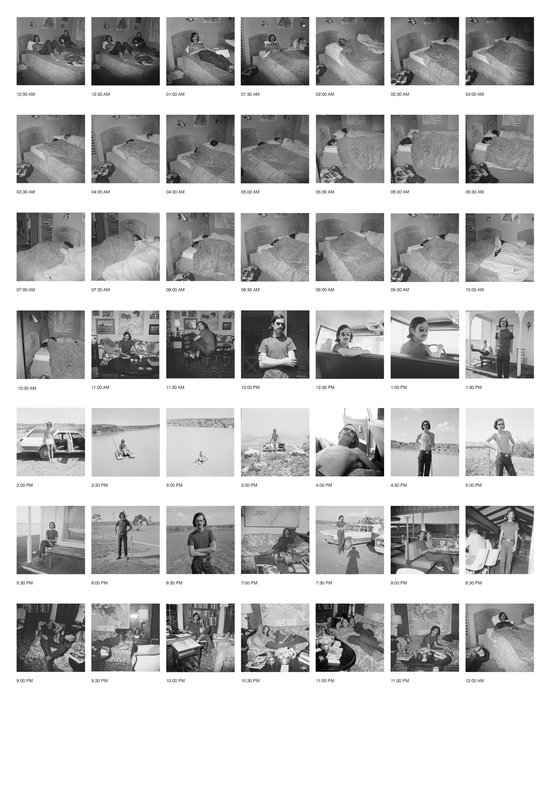 I just eat this stuff up. A lot of his pictures were taken on large format cameras, and the artistic process behind that– of getting your large format camera out, to take a picture of receipts, to take a picture of the artwork on the side of your motel wall, or your cup and saucer in the café; there’s such a quiet deliberation behind it all. Can you imagine the idea of doing that back then? Not caring what people thought and just travelling around doing it? I photograph things that have taken years to have been put together by architects, interior designers, art hangers, interior stylists, and I’m just documenting it. But these people are going out and finding beauty everywhere–often in an instant, even in a steak dinner.
I just eat this stuff up. A lot of his pictures were taken on large format cameras, and the artistic process behind that– of getting your large format camera out, to take a picture of receipts, to take a picture of the artwork on the side of your motel wall, or your cup and saucer in the café; there’s such a quiet deliberation behind it all. Can you imagine the idea of doing that back then? Not caring what people thought and just travelling around doing it? I photograph things that have taken years to have been put together by architects, interior designers, art hangers, interior stylists, and I’m just documenting it. But these people are going out and finding beauty everywhere–often in an instant, even in a steak dinner.
It’s also the time, that people such as (William) Eggleston, or (Lee) Friedlander were photographing people in a different era. If you hold up a camera now, everyone poses. Back then, no one had that connection to the camera. No one knew how someone might use the image, or how they would appear.
It’s like that series of pictures where Rineke Dijkstra went around taking pictures of kids on the beach. If you look at their body language you can almost guess where the kid is from, whether it's eastern Europe or the east coast of America. And that was the game, she just put them against the sea, had them just stand and took their picture. There’s something brilliant about that to me.
NAN GOLDIN - Valérie in the taxi, Paris, 2001, 2004
Anybody who knows anything about photography, she’s in your vocabulary. And I’m just so blown away by her taking down big pharma and single-handedly taking on the Sackler family. Just unbelievable.
DAIDO MORIYAMA - Record No.6, 2006
I really just love the energy that he gets into his pictures. The rawness of it. I used to have these heroes who were very strict, stiff, and organised but as I get older, I just love this kind of really loose, street, black and white approach more and more. His contrast is phenomenal.
I put Moriyama in the same category as William Klein who I love more and more each day. When we all shot film, I could look through a magazine and I could tell you who shot every story without looking at their names. Because I knew what look everyone had, and that was because of the kind of film they used and how they processed it and how they printed it. Now, you’ve got to work hard in post to make your pictures look different. Flicking through magazines now, I couldn’t tell you who shot what. That’s not knocking anyone or anything, but when you look at a Moriyama photograph you recognise his visual style.
With William Eggleston and Mitch Epstein, their style is part of that amazing Kodachrome film they were using at the time–rich and juicy–but the Moriyama thing, the contrast and the grain is phenomenal; and that’s personal choice and artistic expression.
YVES KLEIN - Table IKB® , 1961/1963
Whenever I see one on shoots, I’m like ‘I want that!’ It just activates any space. What makes a space great is the art, the architecture and the interior design. It’s rare you get those three things together but when you do… well, they’re the houses where my brain just goes crazy when I walk into them. All I have to do is make sure there’s a card in the camera!
FRANK STELLA - Clinton Plaza, Black Series I , 1967
I could live with this very happily. I was on a job and the guy in the house was hungover and had sunglasses on. I was joking with him saying, 'you knew I was coming today what the fuck were you thinking?' I was just joking around with him. He said a friend of his was moving out of her house, and that she had had a party the night before. He told me that she was in her mid-nineties and that she had quite a good collection that she was going to give away and that it was going in the next two weeks and that I should photograph it while I had the chance.
So I got in touch with her through a museum. When I walked in on the first day there was no security, just a chauffeur and a maid chatting in the kitchen. It was a Seventies wood building on the most incredible bluff. Inside the living room there was a Frank Stella diptych, a Francis Bacon, a Warhol Liz Taylor, a Franz Klein– it just went on and on.
She had known these people and collected their works. She went to Hockney’s studio. She had sat in cafés with these artists and that was how she had built her collection up. And she had a Frank Stella. I don’t know if that’s why I like it, but I know I like it.
See more of Beyond the Canyon: Inside Epic California Homes by Roger Davies here.











